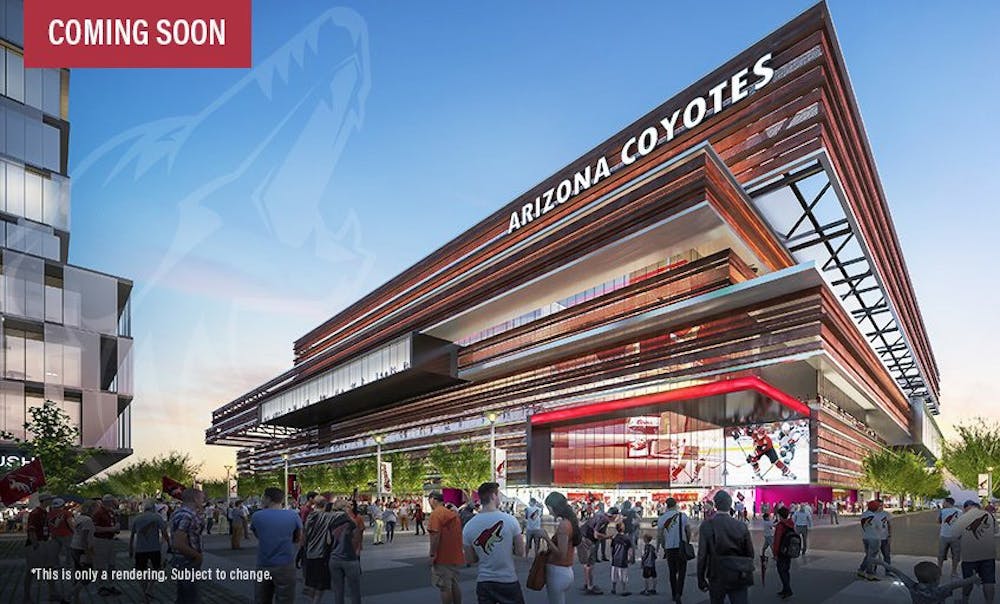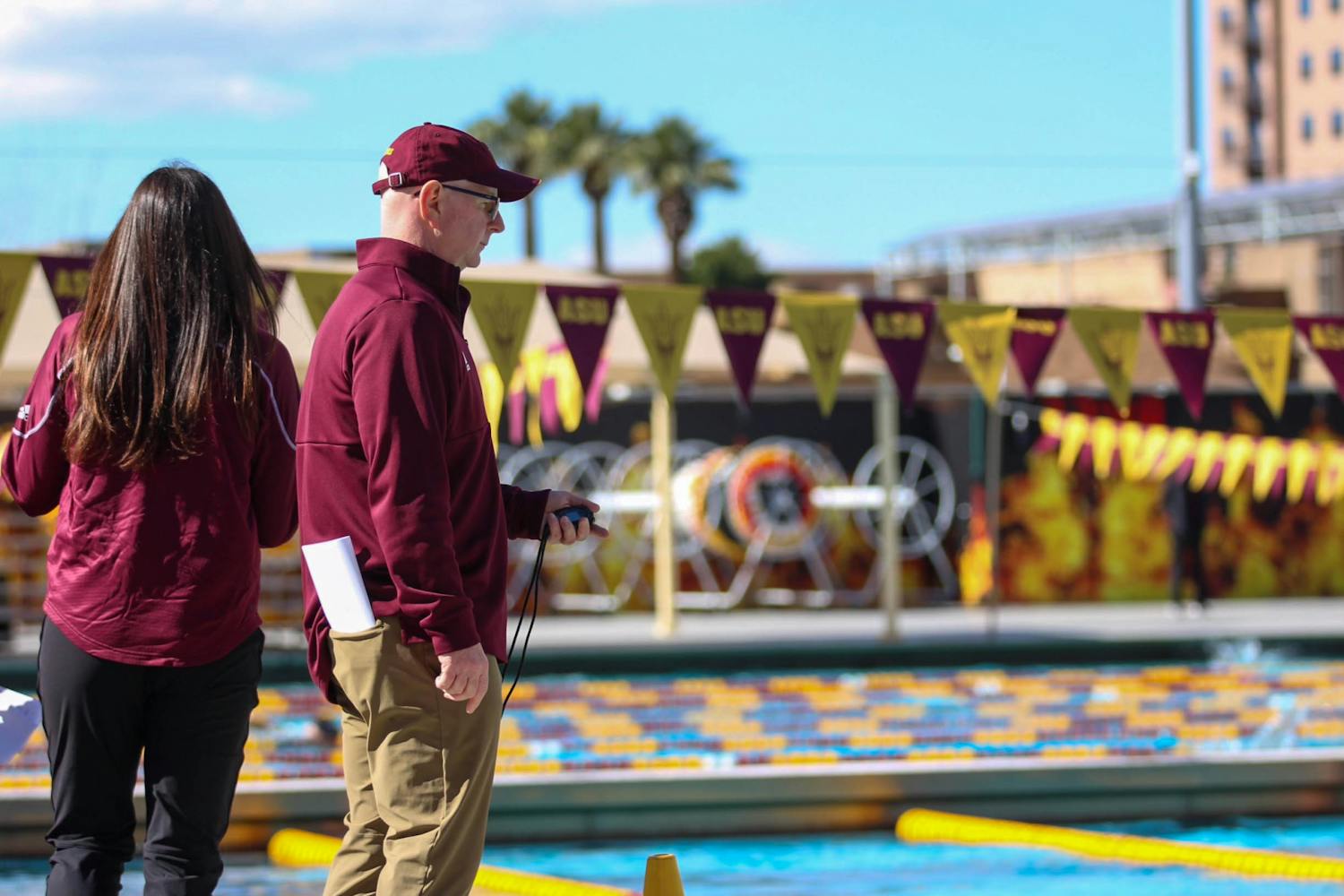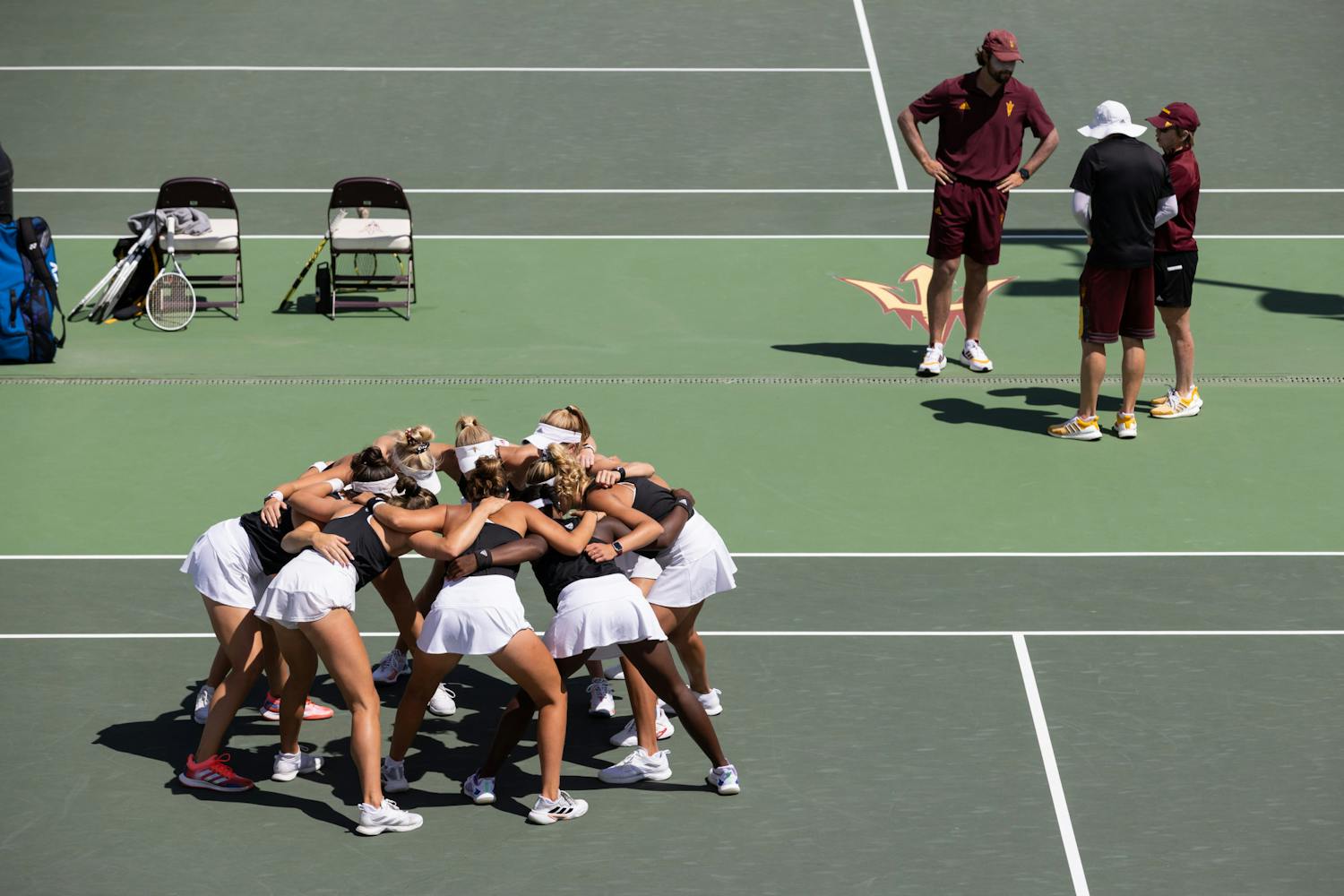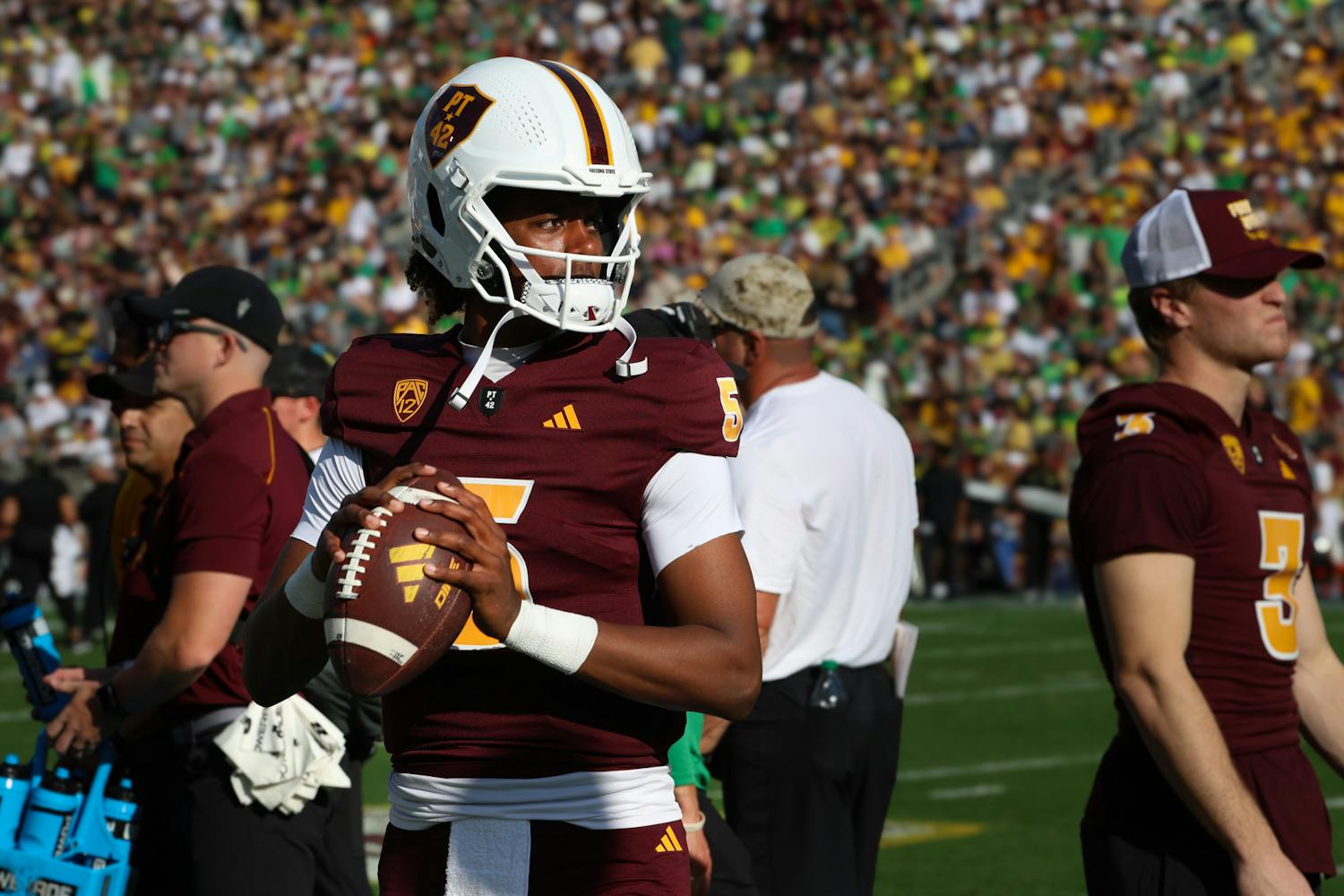The Arizona Coyotes announced last week that they have entered into an "exclusive negotiation agreement" with Catellus Development Corporation to construct a new hockey venue in Tempe near ASU.
The project could have both positive and negative effects on various parties throughout Arizona, leaving the question of whether the proposed plan is sensible from a financial standpoint.
The proposal and why it’s happening:
The Arizona Coyotes, an NHL franchise that currently plays at Gila River Arena in Glendale, announced that their proposed multi-arena hockey venue would sit on the Northwest corner of E. Rio Salado Parkway and South McClintock Drive. The project would include two rinks: a 16,000-seat venue for the Coyotes with an adjacent 4,000-seat rink for ASU Hockey and other attractions.
Per the Coyotes, the estimated cost of the project is $400 million, of which the Coyotes would pay approximately 50 percent. The rest would have to come from multiple government organizations, team president and CEO Anthony LeBlanc said Monday.
.@anthonydleblanc: "We would like to have shovels in the ground by the end of next summer. We definitely want this facility open by 2019-20"
— #HockeyFightsCancer (@ArizonaCoyotes) November 14, 2016
Though Gila River Arena opened its doors in 2003, the Coyotes’ desire to construct a new facility and leave Glendale comes as little surprise. In the summer of 2015, Glendale City Council voted to terminate a 15-year lease on the arena just two years into the pact.
Since then, the Coyotes have reportedly been seeking a new home.
A spokesperson for the City of Glendale, Sue Bracamonte, responded to The State Press in an email, stating the city’s “desire that the Arizona Coyotes remain the prime tenant in Gila River Arena. Although the Coyotes have stated their desire to explore other options, the city of Glendale is committed to helping the team be successful while they play in the Gila River Arena.”
Turmoil aside, USA Today reported that roughly 70 percent of the Coyotes’ fan base is in the East Valley.
"Any business that you run, you want to make sure you're as close as possible to the majority of your customers,” LeBlanc said via ArizonaCoyotes.com. “It's just a simple, empirical fact that the majority of our fan base is located on the east side (of the Valley).”
According to Craig Morgan of ArizonaSports.com, the Coyotes would have until June 30, 2017 to present “political, development, architectural and financial” plans.
A questionable economic impact
There has been ongoing discussion in the U.S. about public funding for stadiums and whether or not it's worth the investment. And while each arena proposal has its unique circumstances, there have been wide conclusions that taxpayer money is not well-spent on stadiums.
An economics professor at the University of Georgia, Jeffrey Dorman, wrote a column in 2015 via Forbes.com titled, "Publicly Financed Sports Stadiums Are A Game That Taxpayers Lose" (coincidentally, he wrote it a day before the Seahawks and Patriots played Super Bowl 49 at University of Phoenix Stadium, a publicly-funded venue that sits next to Gila River Arena). In his column, he posits several reasons why the positive economic impact of a stadium does not make up for the taxpayer cost.
John Oliver made convincing arguments against publicly-funded stadiums on his show, “Last Week Tonight," in a humorous way:
Brian Goegan, clinical assistant professor of economics at ASU’s W.P. Carey School of Business, said that this project could help the Tempe economy, but not the Arizona economy as a whole. He also said he thinks it’s good for the Coyotes, if nothing else.
“The Coyotes are a struggling team,” Goegan said. “Not doing anything is probably not a good idea to them. They need something. It could make some business sense to move the team, especially if they’re going to get funding, build a new arena – there are studies that show that when a team does build a new arena, they see a spike in attendance that continues for five, even 10 years after they build it.”
Still, Goegan echoed sentiment that using taxpayer money for stadiums is not always advisable.
“(The proposed public funding) is money that the state of Arizona is unlikely to see come back in any way, because the team is already located in Glendale," he said. "Any sort of positive economic benefits are already being accumulated to the state. And even so, most economic studies that have been done on sports teams and the impact of arenas on areas show that the impacts are much smaller than the amounts that states are willing to give to finance stadiums.”
When asked why governments continue to help fund these projects, Goegan said he thought it was due largely to the support of the fans that live in those areas.
Finally, it should be noted that Westgate, a district of stores, restaurants and entertainment surrounding Gila River Arena, could take a hit if the Coyotes leave Glendale.
Representatives of Westgate declined to comment.
ASU Karsten Golf Course is closing, but…
The location of the proposed arenas is currently home to a large portion of ASU Karsten Golf Course. However, even before the Coyotes announced their hopes to build an arena there, plans were already in place to close to the course and move ASU golf to Papago Golf Course.
Derek Crawford, the general manager of Karsten and a member of the Tempe Tourism Board, didn’t seem to take issue with the Coyotes’ proposal.
“I think it is good for Tempe,” Crawford said. “I’ve lived here my whole life, and what’s happening in Tempe – and not just this project if it does come to fruition – but the whole stadium district … there’s a lot of great things happening in Tempe. I see nothing wrong with it. Change is good sometimes.”
Related – Opinion: Coyotes’ proposed arena is good news, despite cost
Reach the reporter at matthew.layman@asu.edu or follow @Mattjlayman on Twitter.
Like State Press Sports on Facebook and follow @statepresssport on Twitter.




